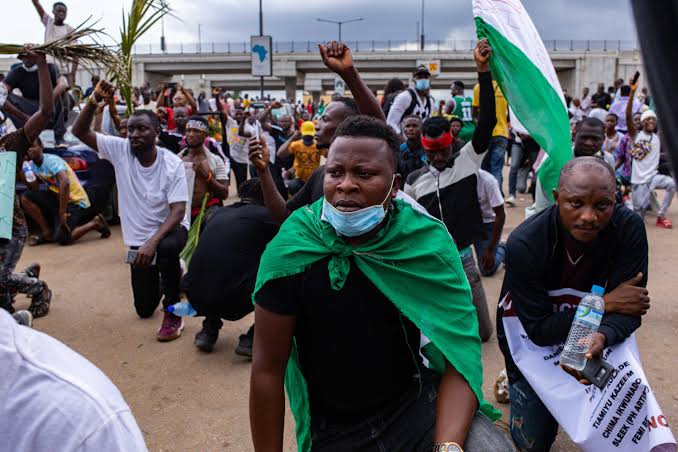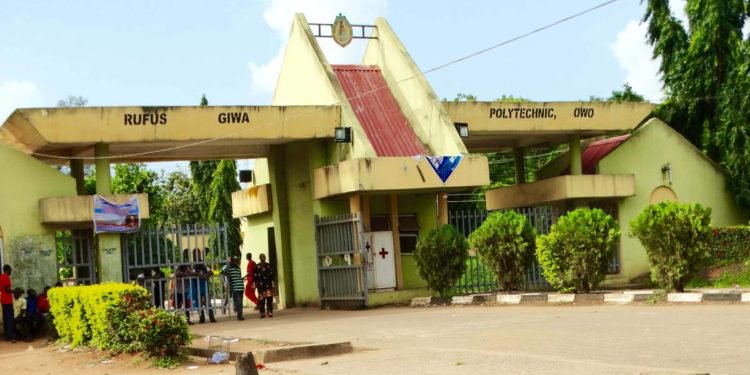Tellingly, given what transpired during that 2020 protest, there is no guarantee that any protest at this time would not turn violent or hijacked by hoodlums and other dodgy characters to foist their nefarious agenda on the country. This protest, which by most accounts is politically motivated, can only result in violence, arson and looting, as is characteristic of similar demonstrations in Nigeria and most parts of Africa. The Kenyan episode is also a case in point.
Protests have been a part of human history for centuries, serving as catalysts for significant social and political changes. Nigeria has a rich history of protests dating back to the colonial era. The Aba Women’s Riot of 1929, the nationwide anti-colonial protests, and the student-led demonstrations of the 1970s are significant historical examples. More recently, the #EndSARS movement in 2020 highlighted the ongoing struggle for justice and accountability.
A protest becomes violent due to factors like aggressive actions by participants, excessive police force, the presence of armed groups, provocation, lack of organization, crowd dynamics, external interference, underlying grievances, and communication breakdowns. These elements can escalate tensions and lead to harm or destruction during the event. One example of a violent protest in Africa is the End SARS protests in Nigeria in October 2020. The protests began as a peaceful movement demanding the disbandment of the Special Anti-Robbery Squad (SARS), a police unit accused of brutality and human rights abuses. However, as the protests grew, incidents of violence occurred. Some protests saw looting, vandalism, and clashes between demonstrators and security forces. The situation escalated further on October 20, 2020, when security forces allegedly opened fire on peaceful protesters at the Lekki Toll Gate in Lagos, resulting in deaths and injuries. This event, known as the “Lekki Massacre,” marked a significant and tragic point in the protests.
Most of the protests began peacefully – and several stayed peaceful. However, some of these movements also witnessed episodes of violence. Example,Uganda witnessed a heavy police crackdown last week as youth-led campaigners attempted to march to the country’s parliament to protest alleged corruption in government. Over 100 people were arrested even as President Yoweri Museveni claimed the protests were financed by foreign entities.
“It’s a wake up call” to African governments, Dr. Xavier Ichani, an international relations researcher at Kenyatta University, in Nairobi, told Semafor Africa. “Governments need to move with speed and address the grievances of the people,” he said, adding that a failure to do so will see the masses “rise up.”
Social media has helped African youths in different countries to make connections between their challenges. Young Ugandans and Nigerians, for instance, have used X to mobilize and discuss issues in much the same way that Kenyans coalesced on the platform before taking to the streets. In some instances, Kenyans have used social media to share experiences and ideas on how to stage the most effective protests.
“This is also a new era of Pan-Africanism because the struggles of African youth are the same,” 28-year old Collins Waiguru, who has been attending protests in Kenya, told Semafor Africa. “A lot of these countries have corrupt political classes and yet the people are poor, with no jobs.”
Read also:
The History of Protest: Causes and Effects
Ahead of the much anticipated protest starting August 1,let’s consider what makes a protest violent.
Economic Conditions
Economic hardship are a significant factor in the nature of protests. Nigeria faces high levels of unemployment, poverty, and economic disparity. When people struggle to meet basic needs and perceive a lack of opportunities, frustration and anger can boil over into violent actions. Protests often erupt in response to economic policies perceived as unjust or harmful, such as the removal of fuel subsidies in 2012 during the Goodluck Jonathan tenure, which led to widespread demonstrations and became violent in some areas in the country (this protest was known as “Occupy Nigeria”).
Grievances and Unmet Demands
One of the primary drivers of protests is the presence of significant grievances and unmet demands. When people feel oppressed, marginalized, or ignored, they resort to protests to voice their frustrations. If during the protest, if the authorities fail to address these concerns promptly and adequately, frustration can boil over into anger, leading to violent outbursts.
Crowd Dynamics
In protests with large gatherings, individual actions can be influenced by the collective mood of people present. This phenomenon known as “mob mentality” can lead otherwise peaceful individuals to engage in violent acts. The anonymity provided by large crowds can embolden individuals to act aggressively without fear of immediate consequences.
Provocation by Law Enforcement
The response of law enforcement to protests is a critical factor in determining whether a protest remains peaceful or turns violent. In Nigeria, the use of excessive force by police and security agencies is a common occurrence. Tear gas, rubber bullets, and physical violence are often employed to disperse crowds, escalating tensions and provoking violent reactions from protesters. The violent suppression of the #EndSARS protests, particularly the Lekki Toll Gate incident, where security forces opened fire on unarmed protesters, is a stark example of this.
External Agitators
Protests can attract individuals or groups with agendas different from those of the original protesters. These agitators may seek to exploit the situation to incite violence, disrupt the protest, or push their own political or ideological goals. Some protests are also filled with looters, thieves, and thugs. These individuals may incite violence, loot businesses, and clash with law enforcement, further complicating the dynamics of the protest. The presence of these elements can undermine the legitimacy of peaceful protests and contribute to a cycle of violence and repression. Their presence can complicate the dynamics of the protest, making it violent.
Media and Social Media Influence
With the world being digital, most protests now start on social media. However, sensationalist reporting and the rapid spread of misinformation can inflame tensions and provoke violence. Social media platforms like Twitter and Facebook are instrumental in mobilising protests, but they can also spread false information and incite violence. During the #EndSARS protests, social media was both a tool for organising and a source of misinformation that contributed to the escalation of violence.
Political Environment
The political context in which a protest occurs can also influence its nature. In authoritarian regimes, where dissent is harshly repressed, protests are more likely to turn violent due to the lack of legal avenues for expressing grievances. Conversely, in democratic societies, where freedom of assembly is protected, protests may remain peaceful if the government engages in dialogue and addresses concerns.
Read more: Protest: How to stay safe during the August 1 Days of rage














